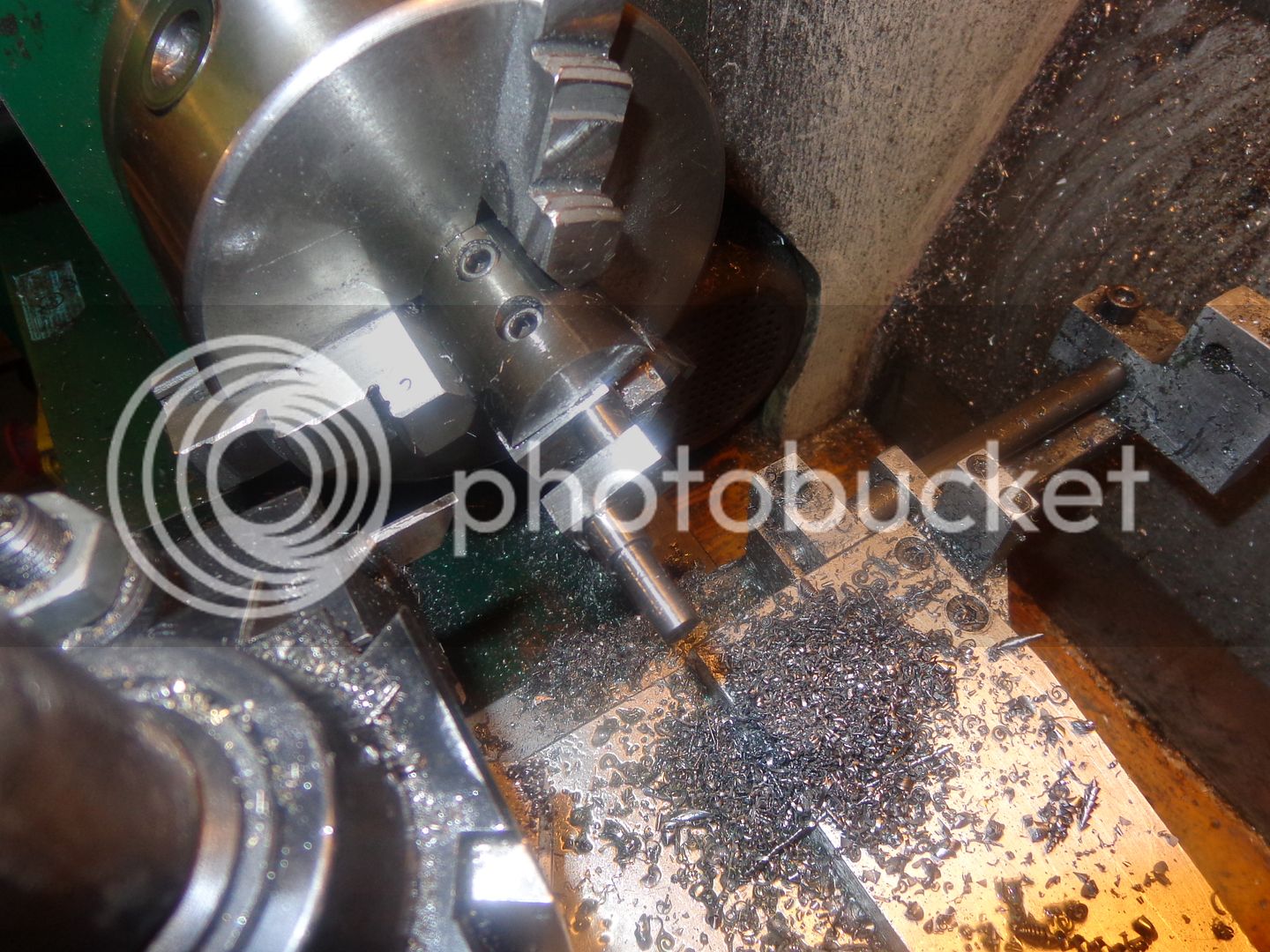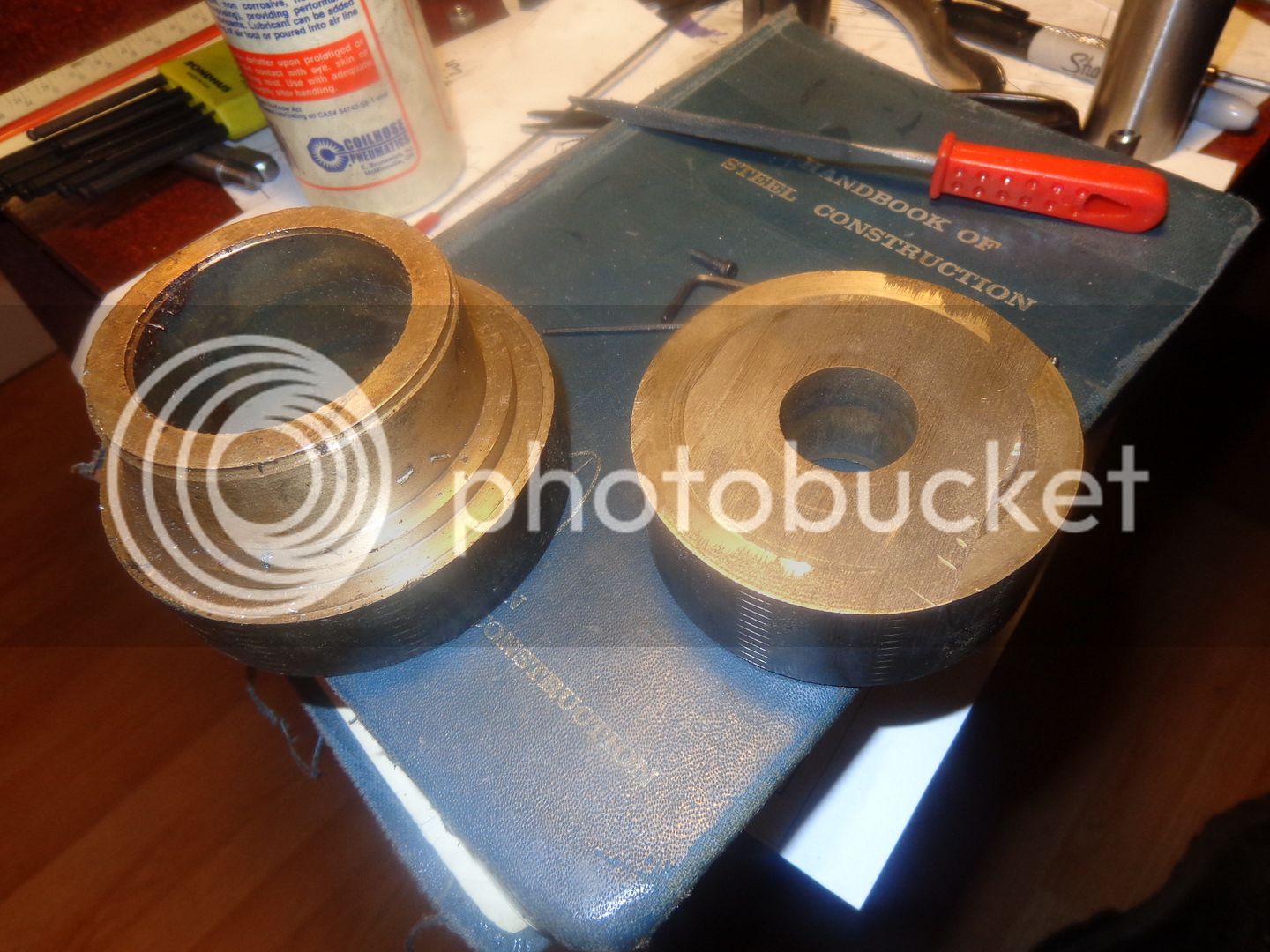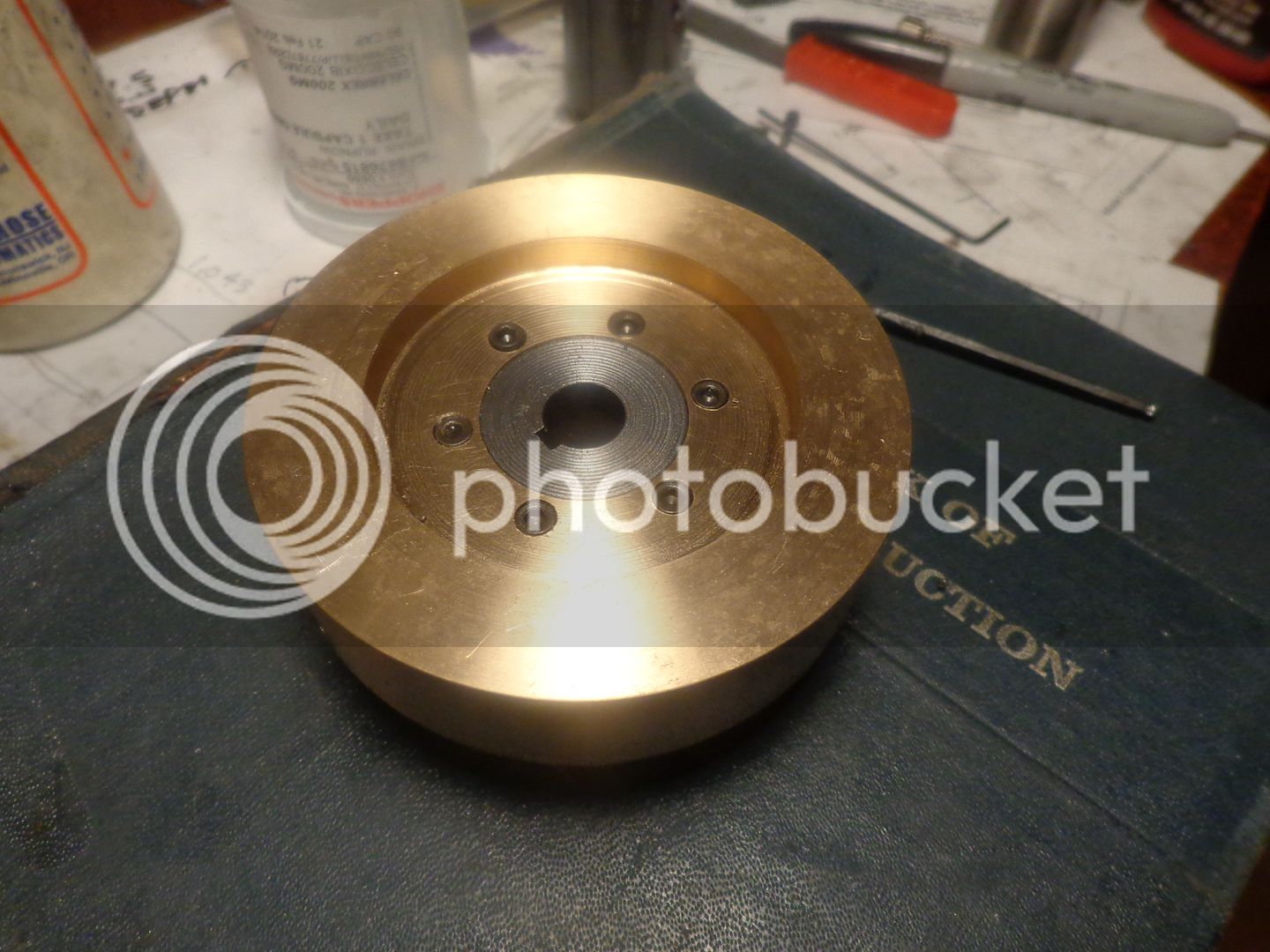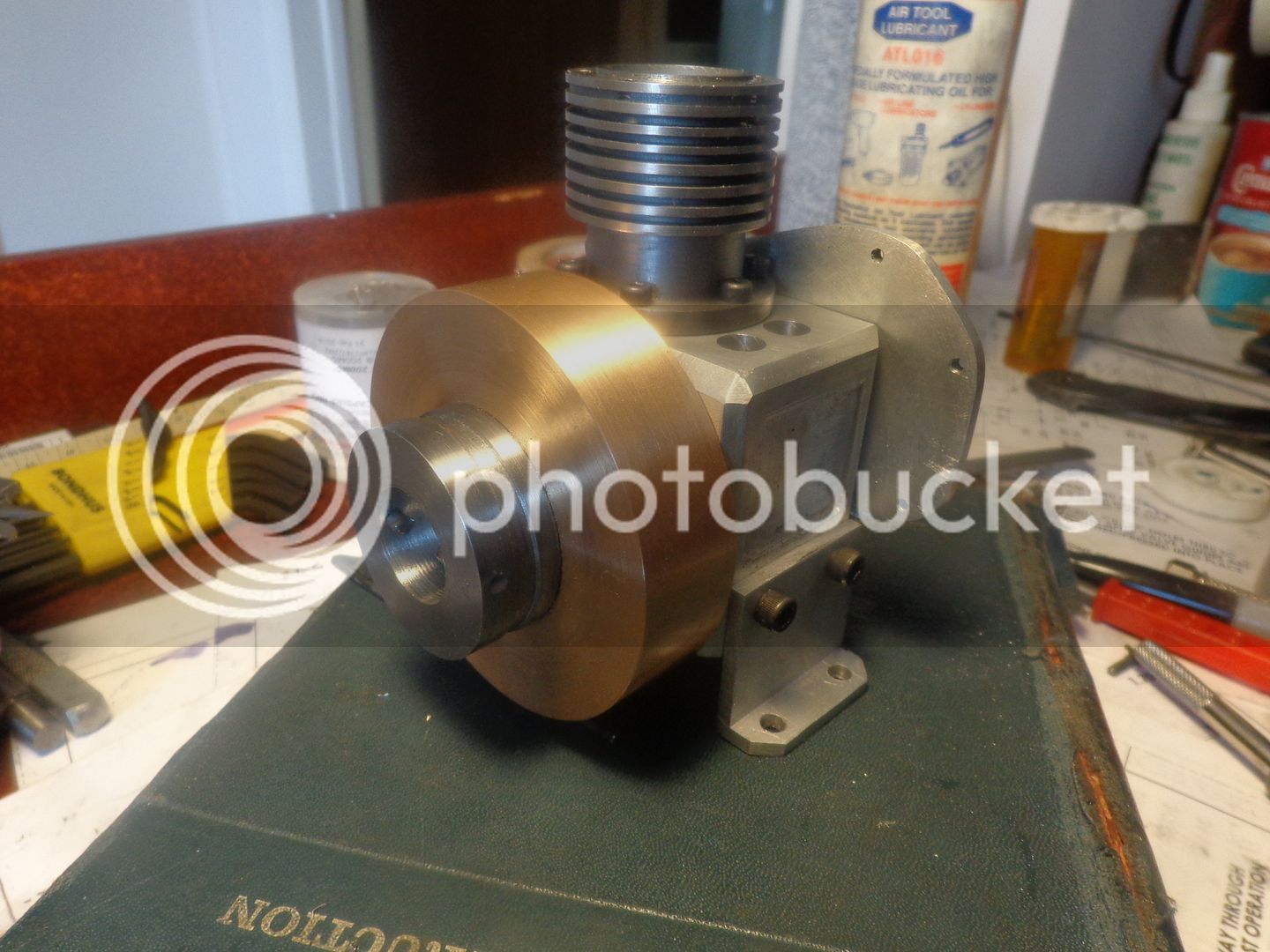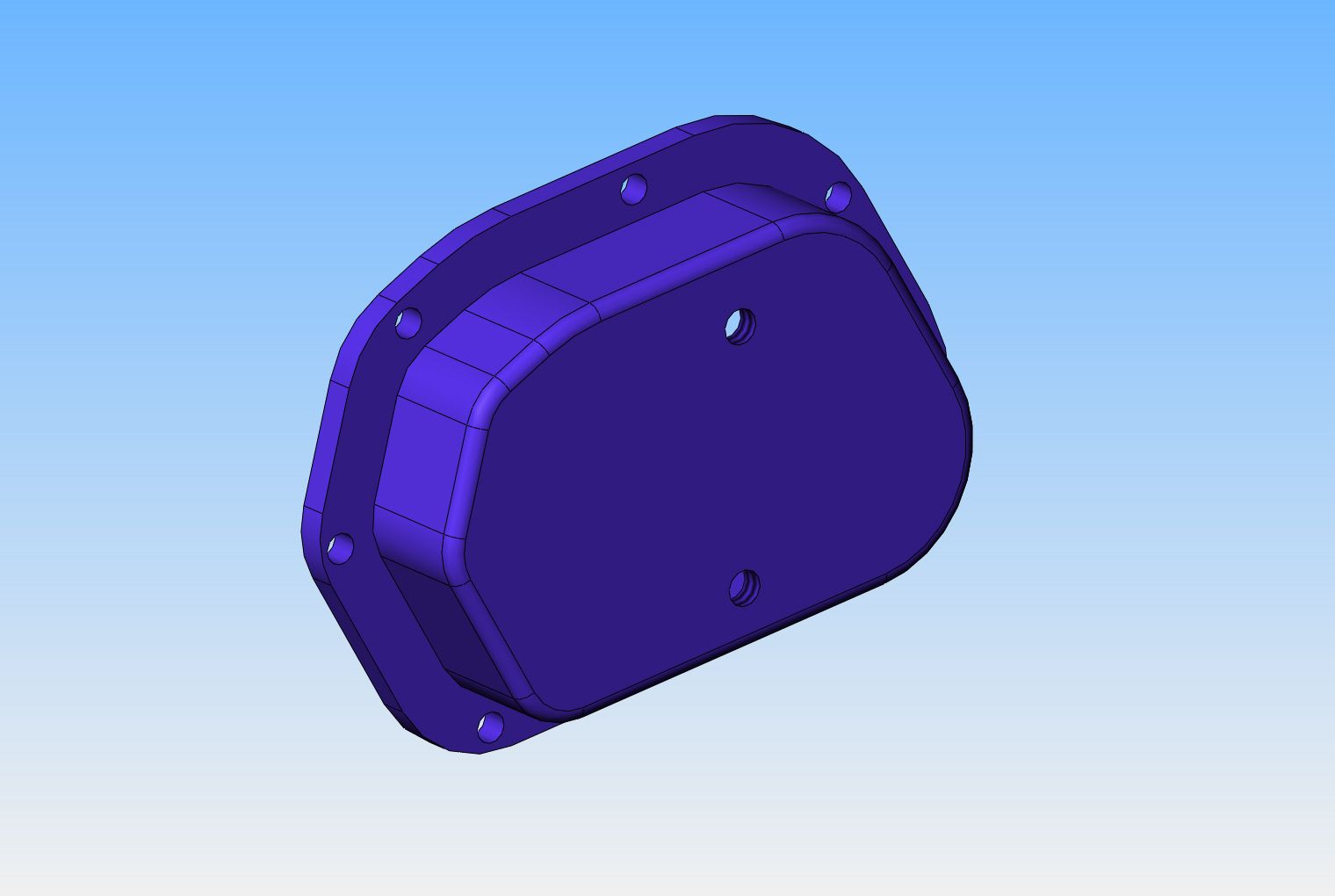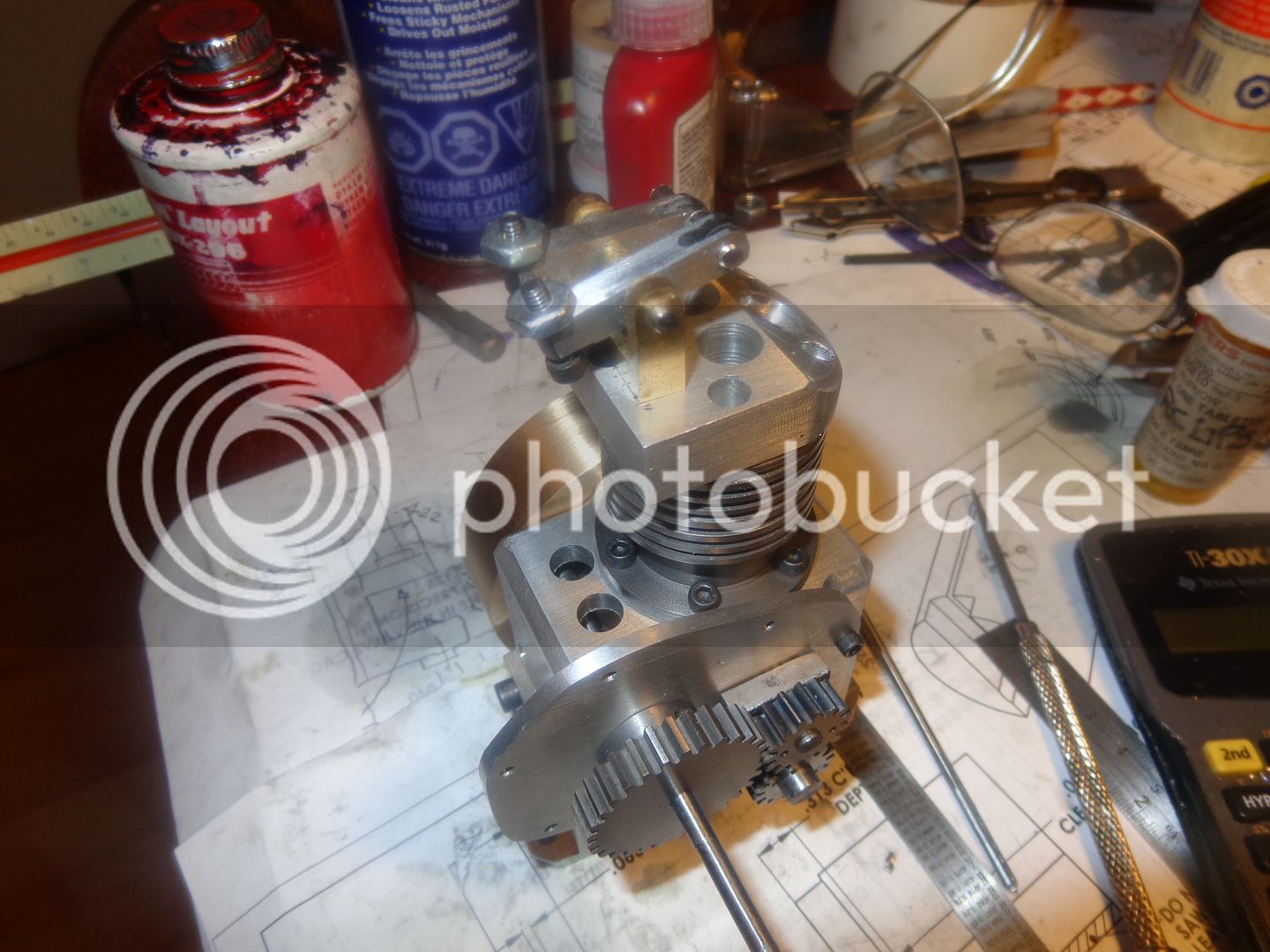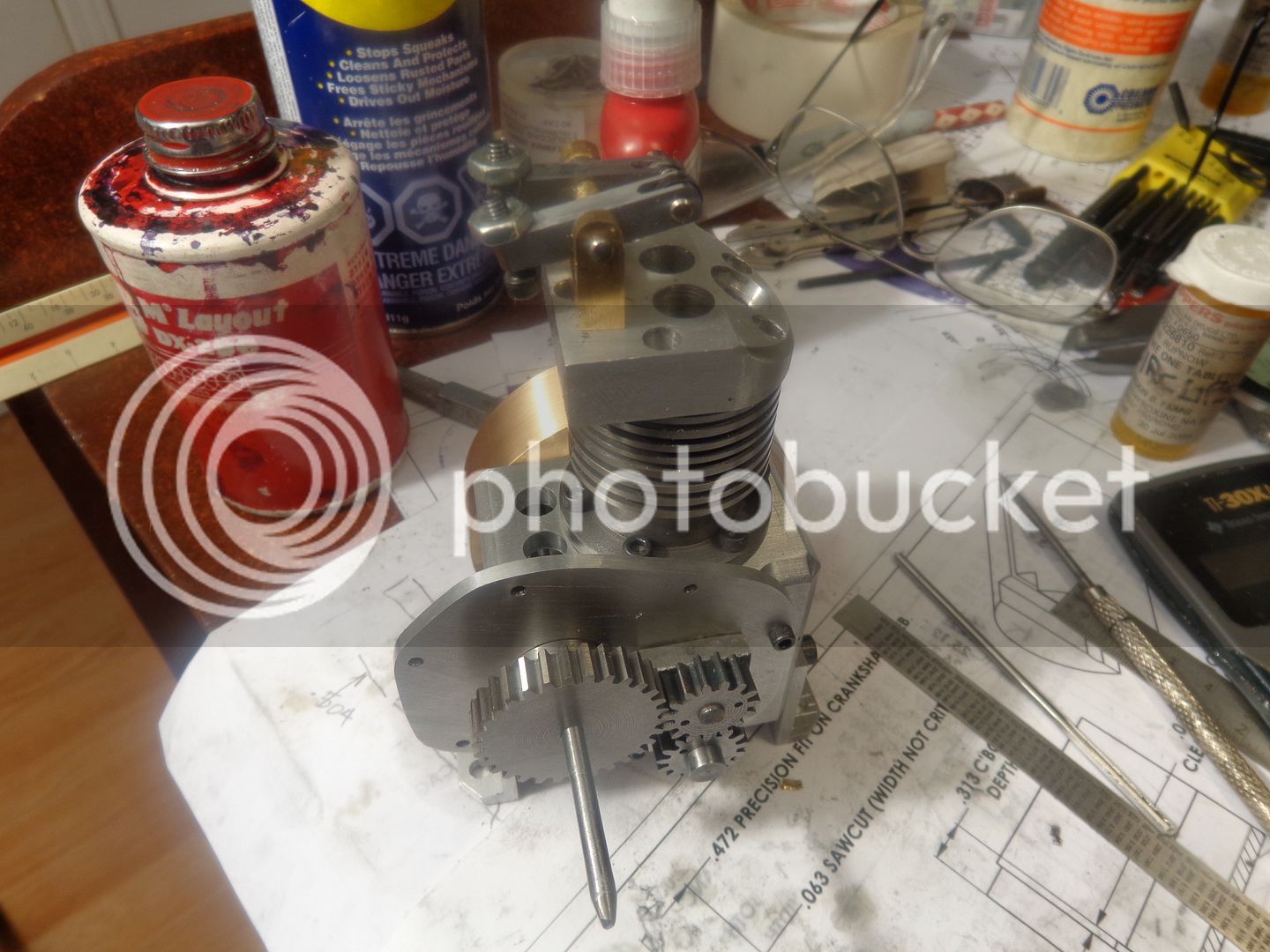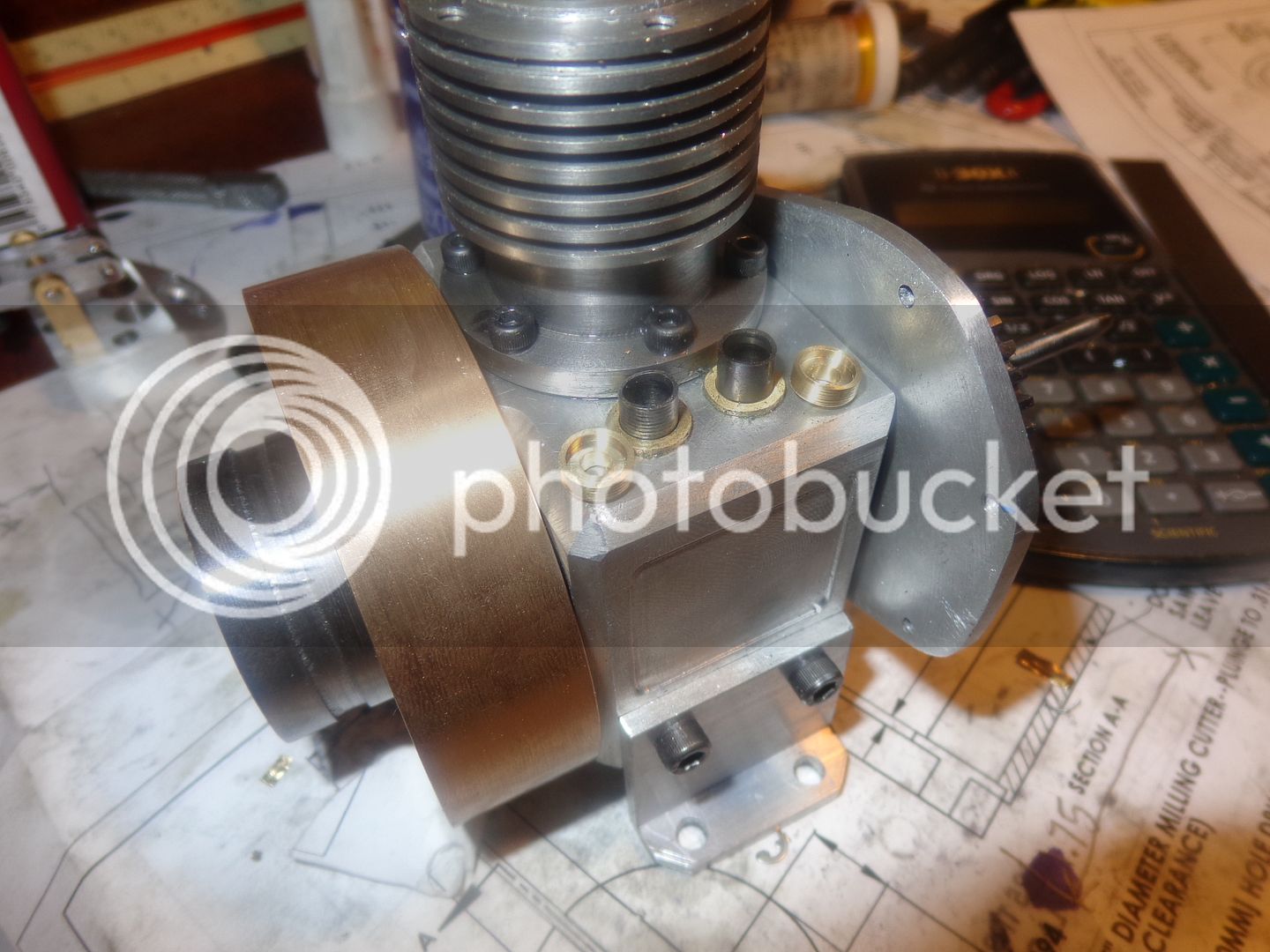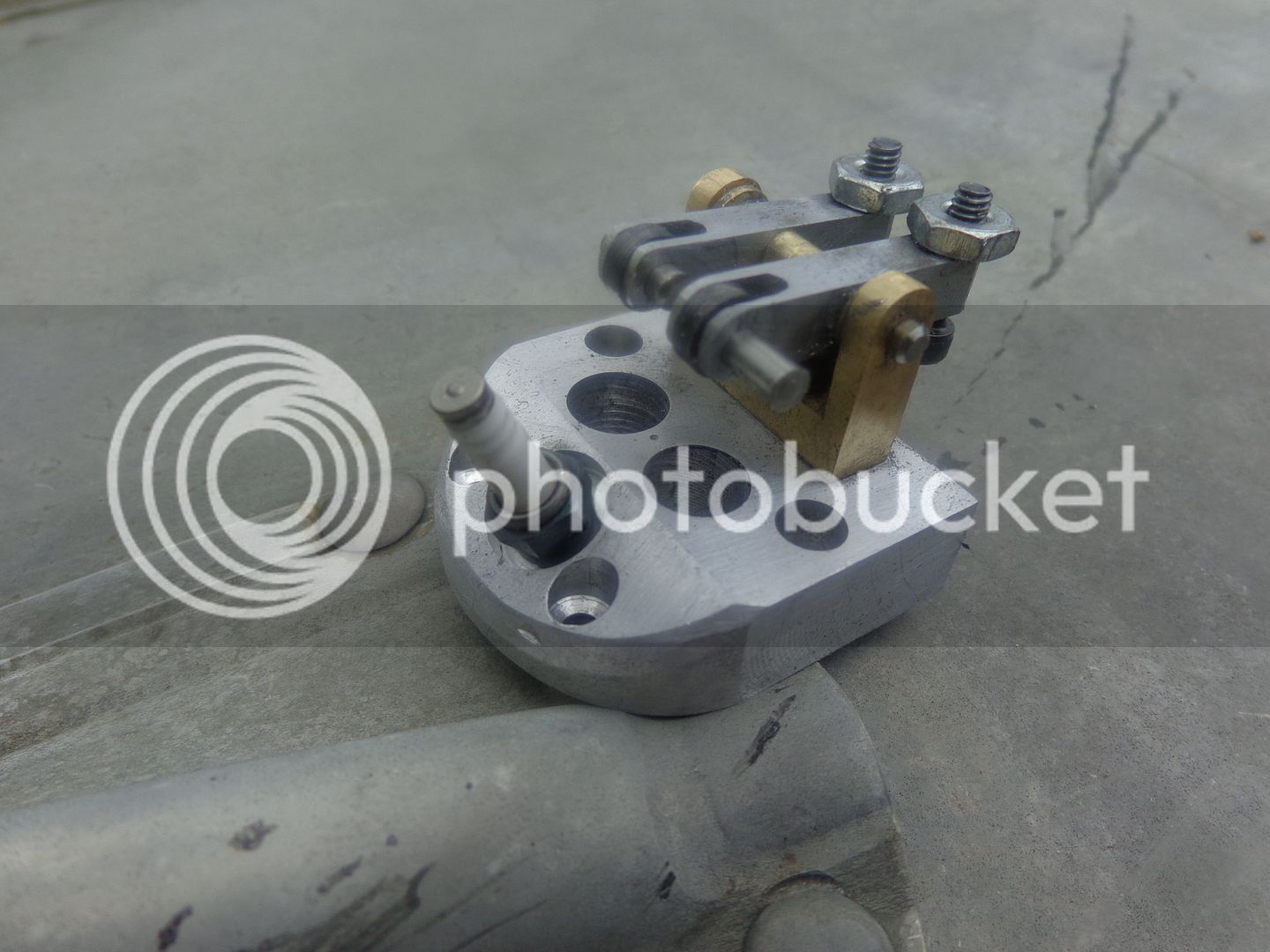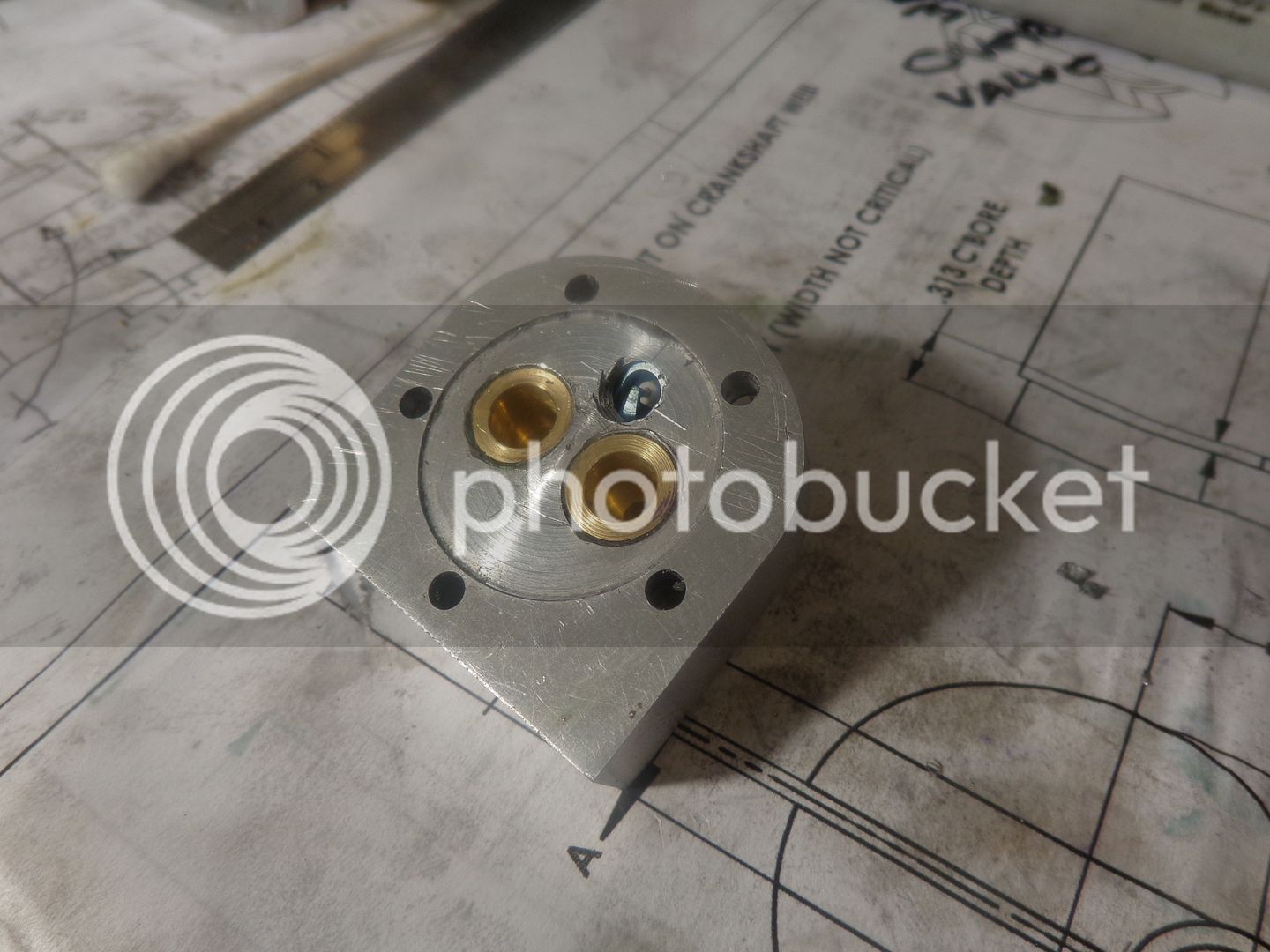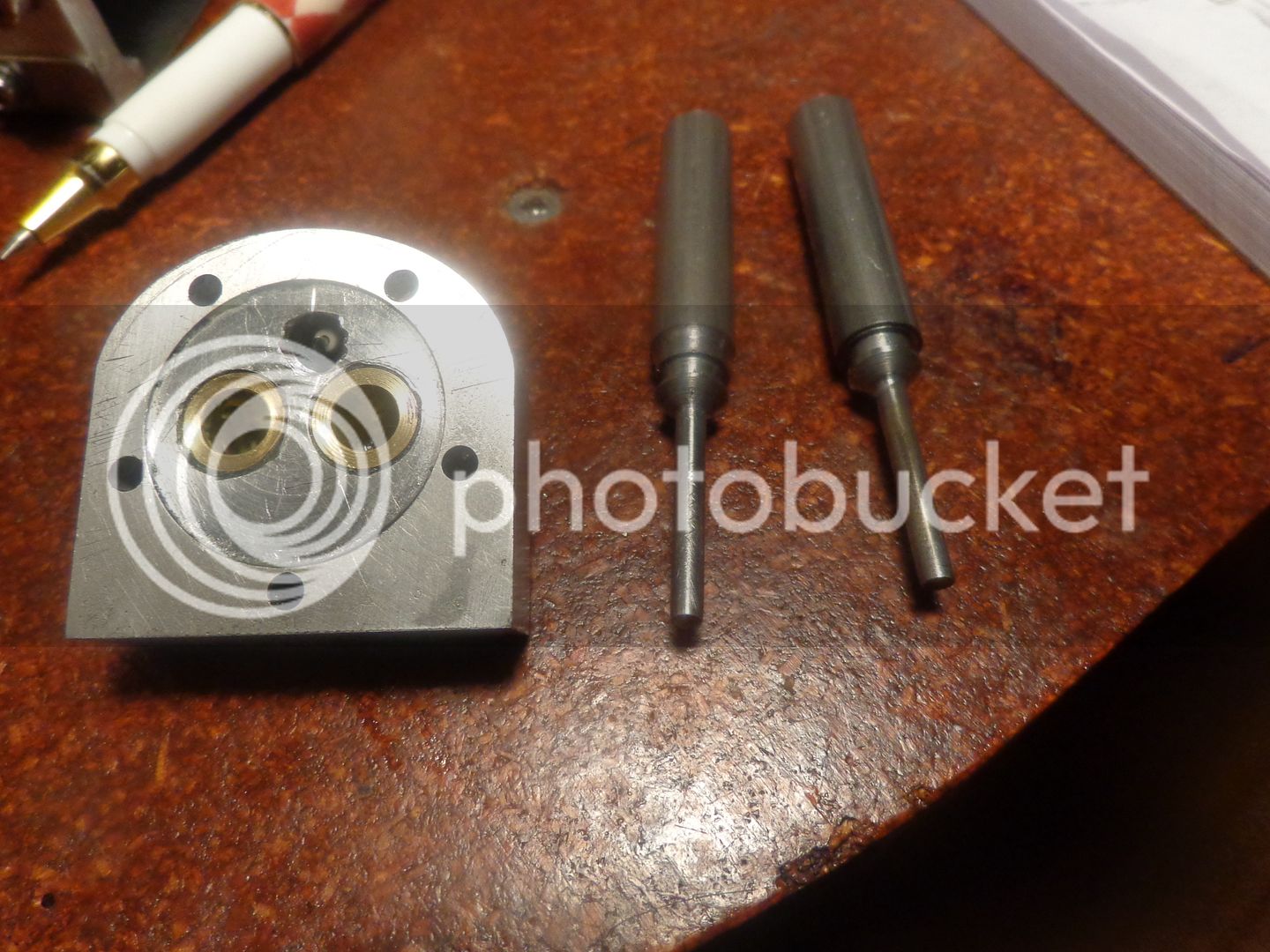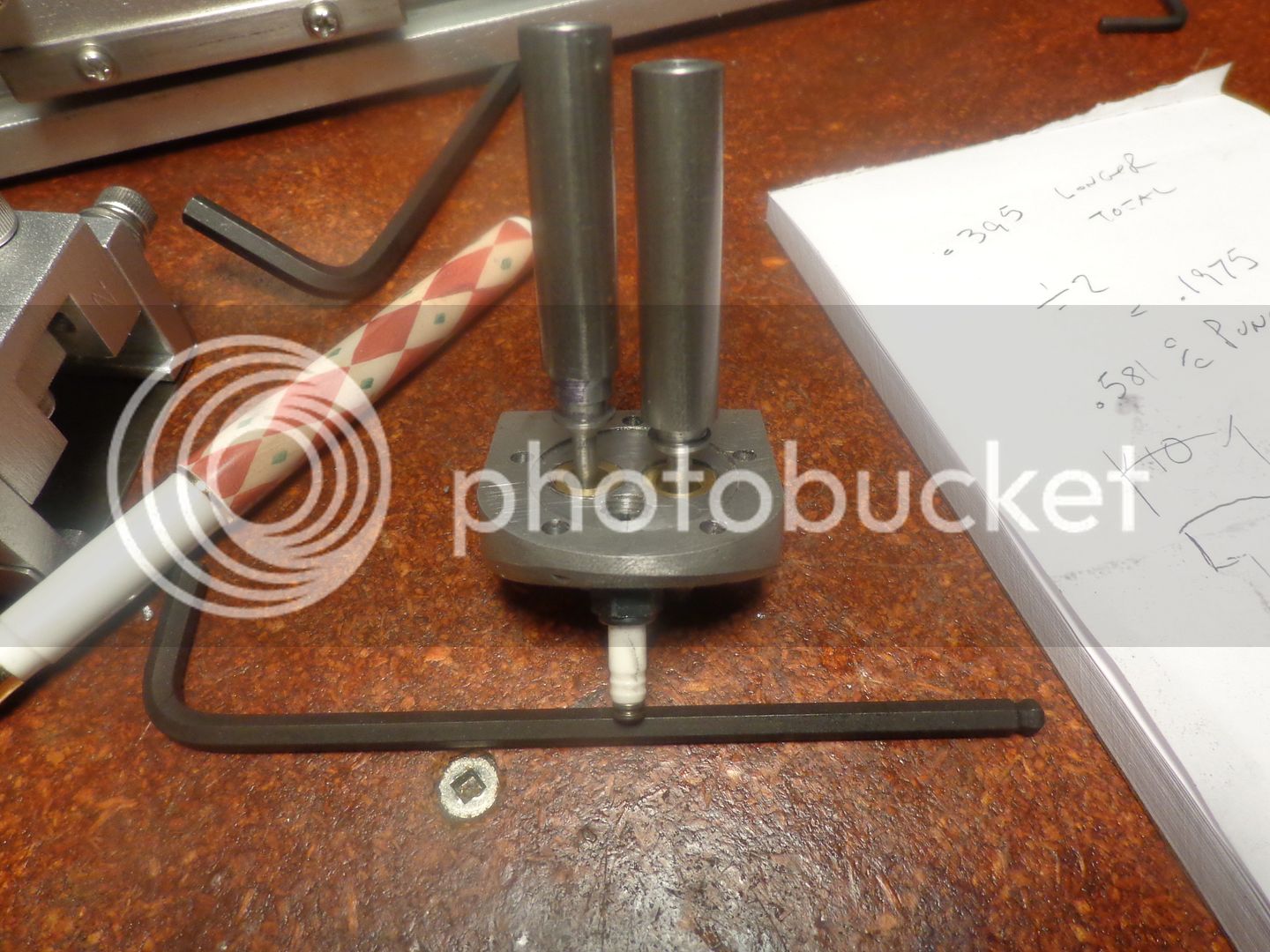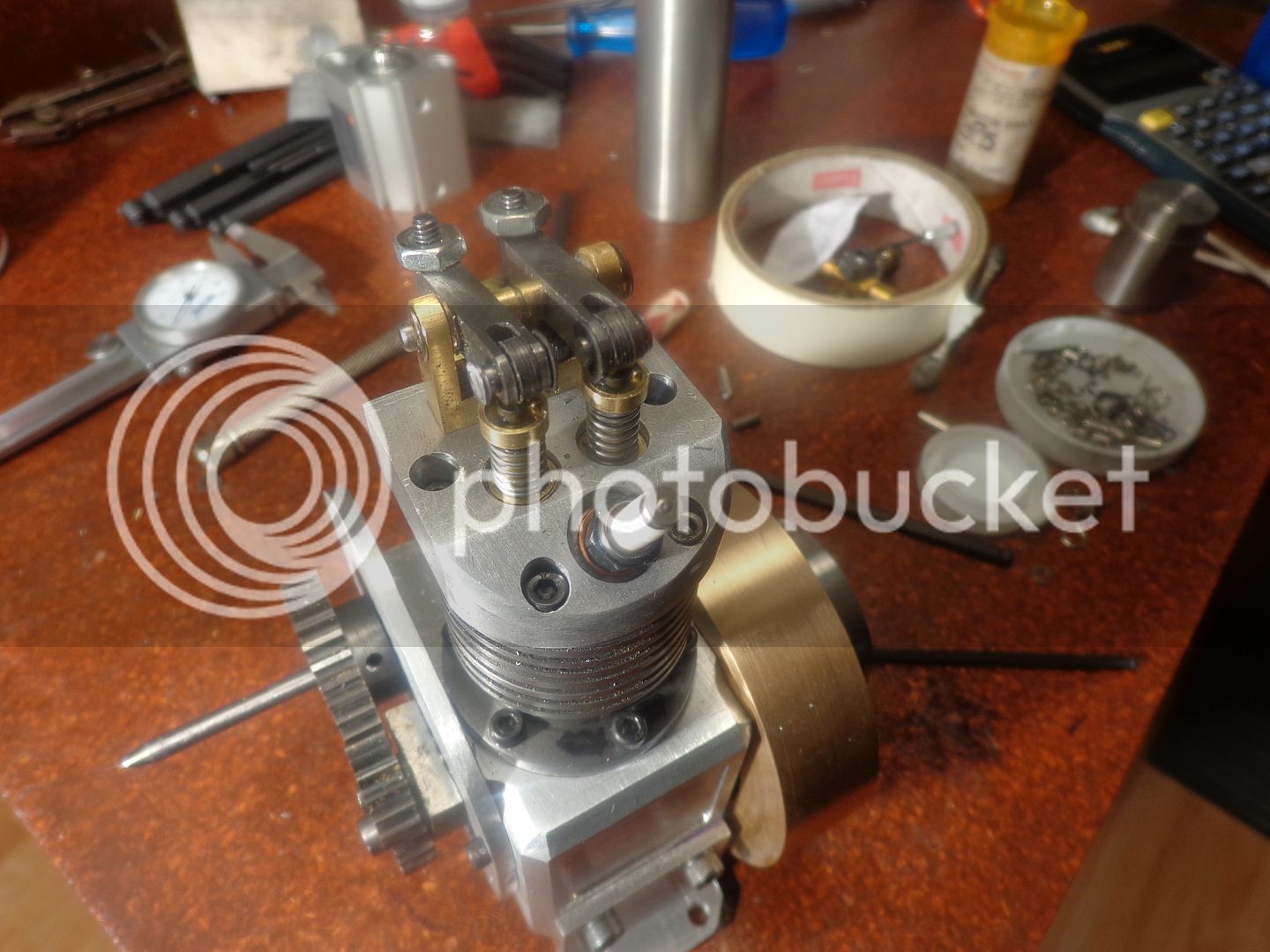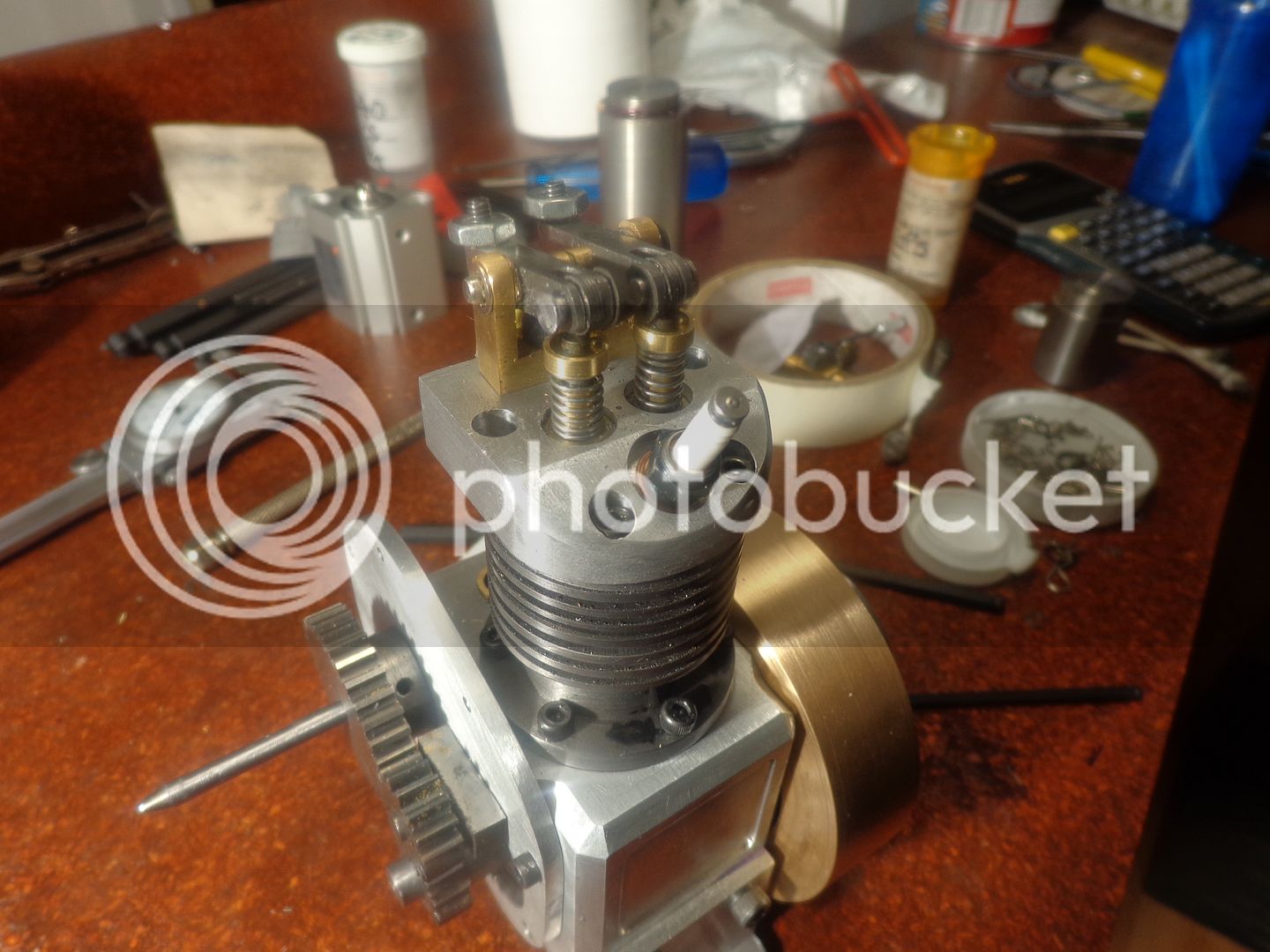- Joined
- Oct 1, 2010
- Messages
- 1,342
- Reaction score
- 395
Brian,
Thank you for your detailed description of your crankshaft-building process and for the drawings of the fixture. I was interested to see numbers for the runout and your home-shop method of dealing with it. I have become overly paranoid, I think, about getting perfect results when so many have talked about half-a-thous so much and implying that perfect (read expensive) equipment is required to do such work. I have attempted several things in the last year that I set aside as too rough and never posted.
Thanks again, your projects help keep me interested in this hobby.
--ShopShoe
Thank you for your detailed description of your crankshaft-building process and for the drawings of the fixture. I was interested to see numbers for the runout and your home-shop method of dealing with it. I have become overly paranoid, I think, about getting perfect results when so many have talked about half-a-thous so much and implying that perfect (read expensive) equipment is required to do such work. I have attempted several things in the last year that I set aside as too rough and never posted.
Thanks again, your projects help keep me interested in this hobby.
--ShopShoe






